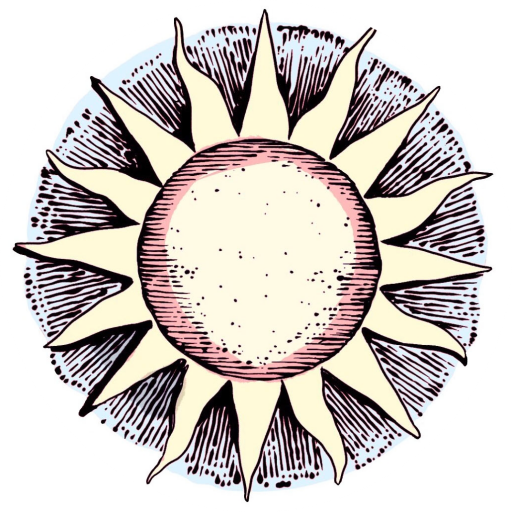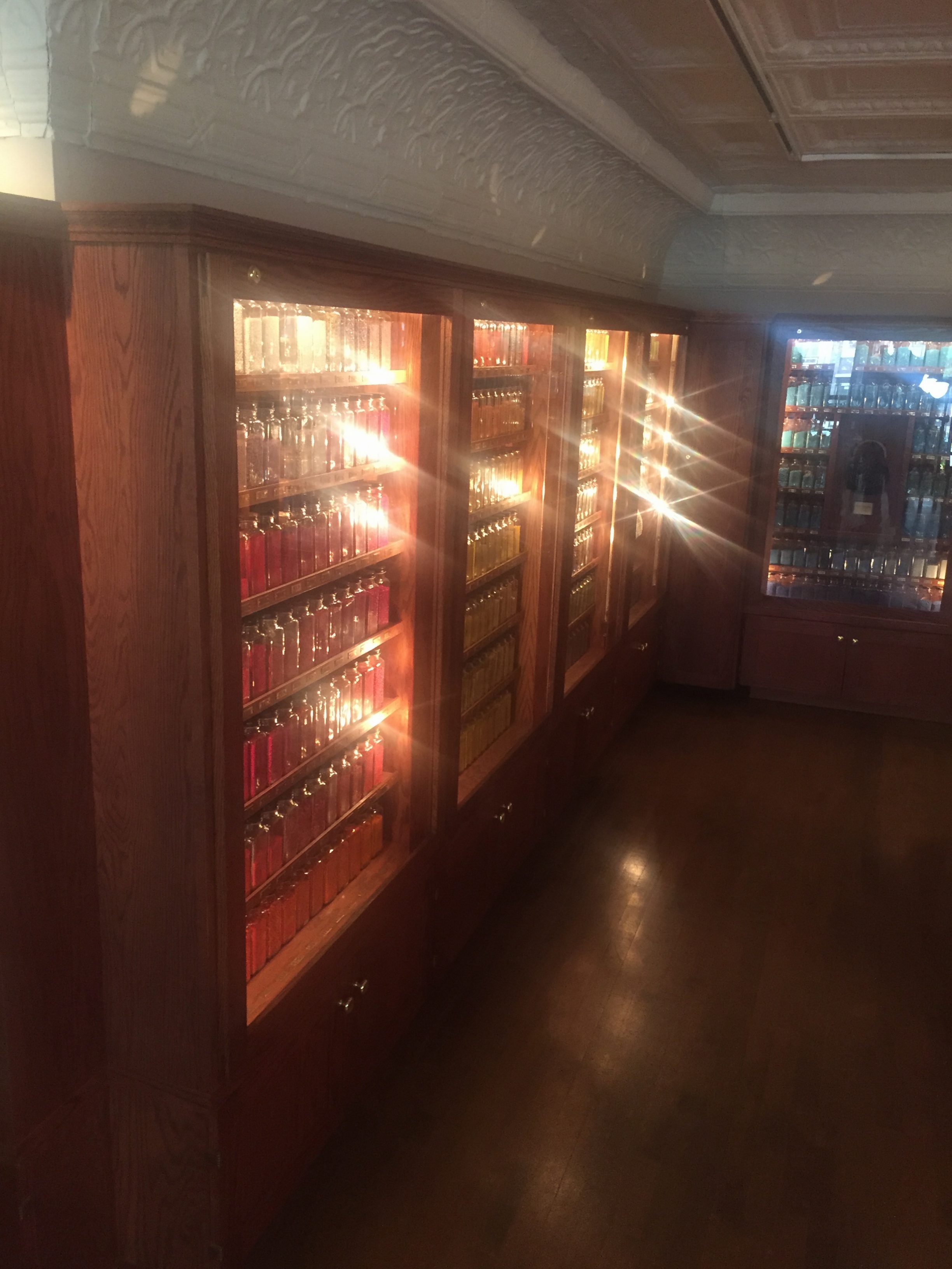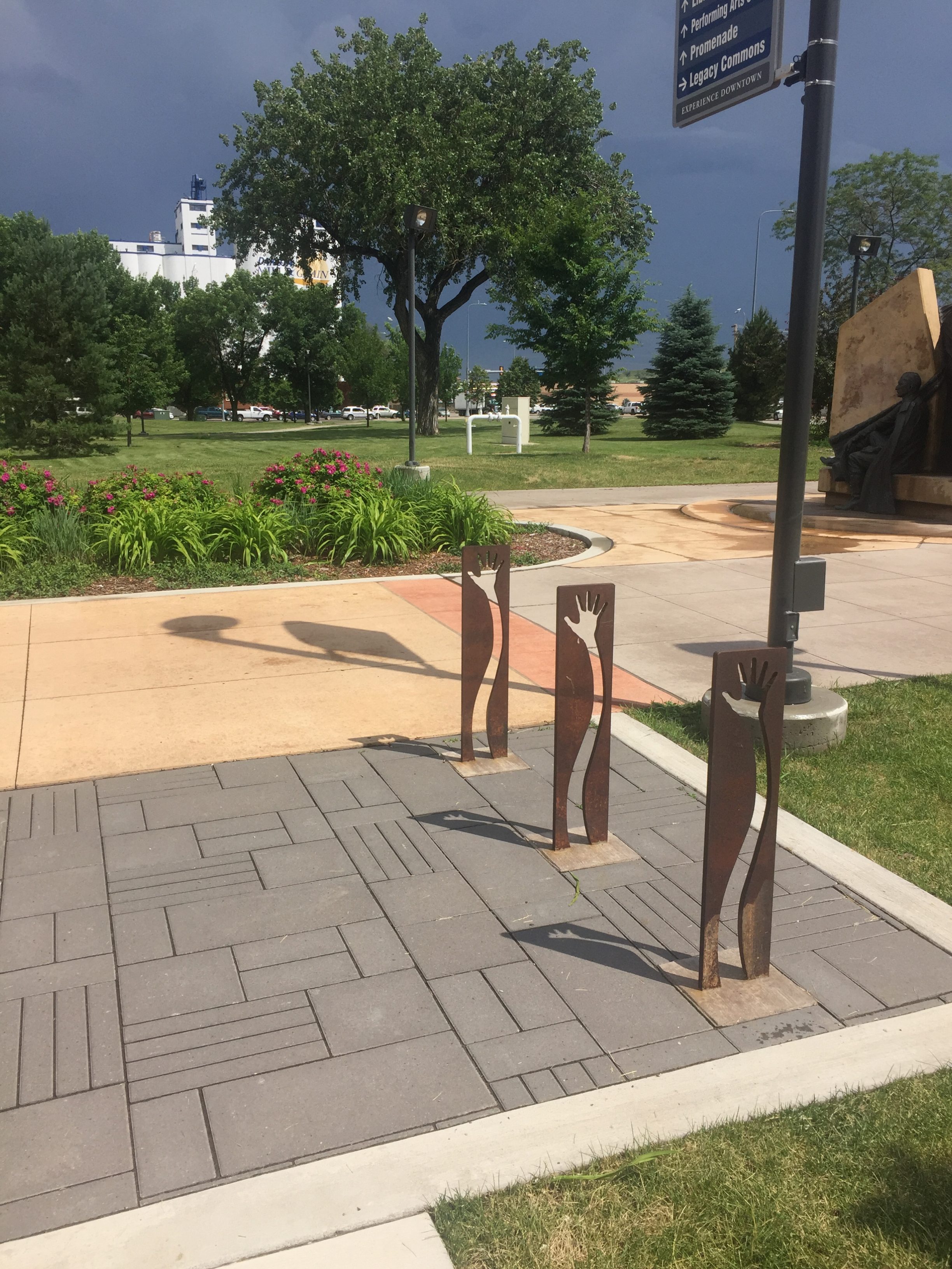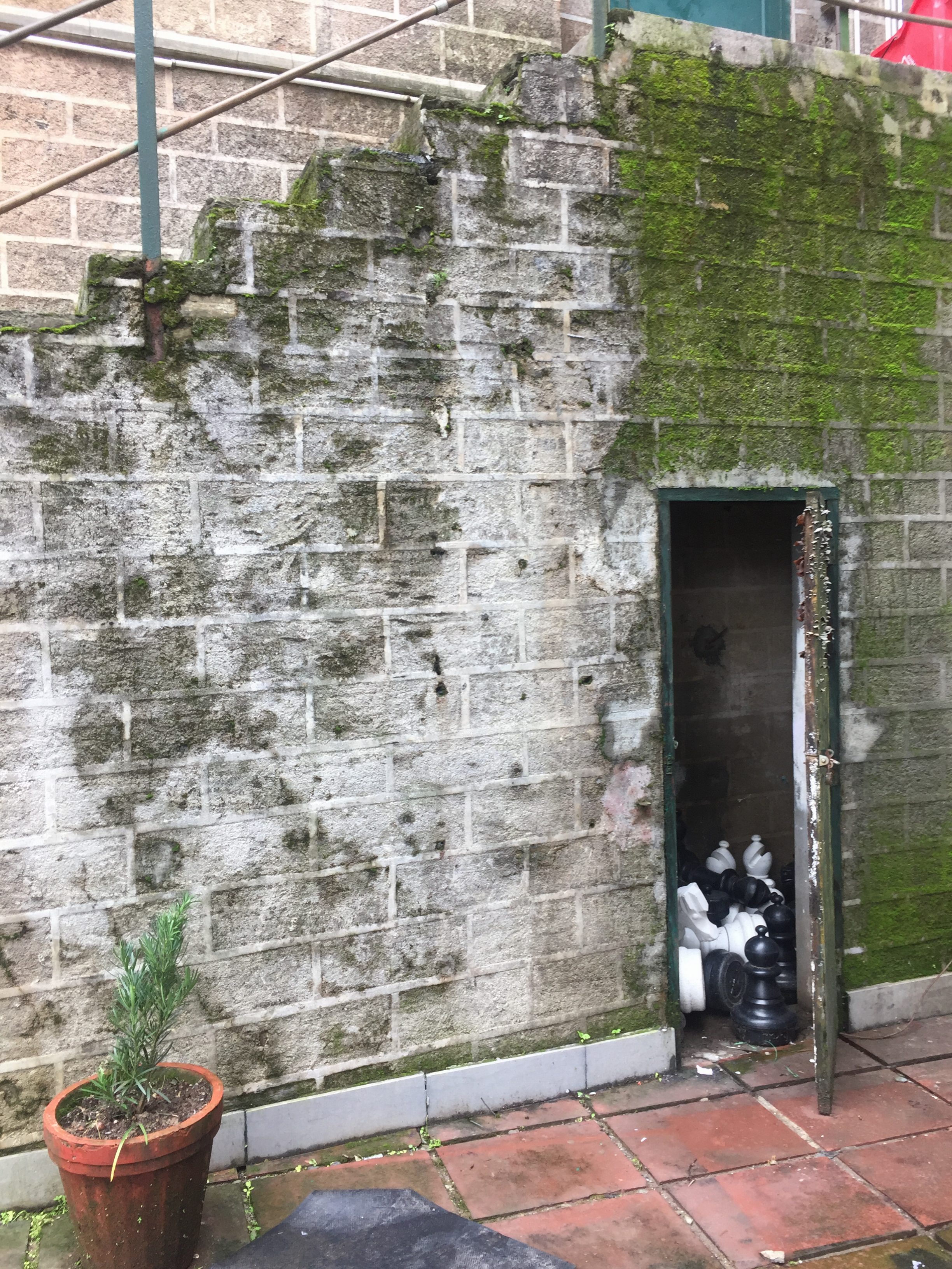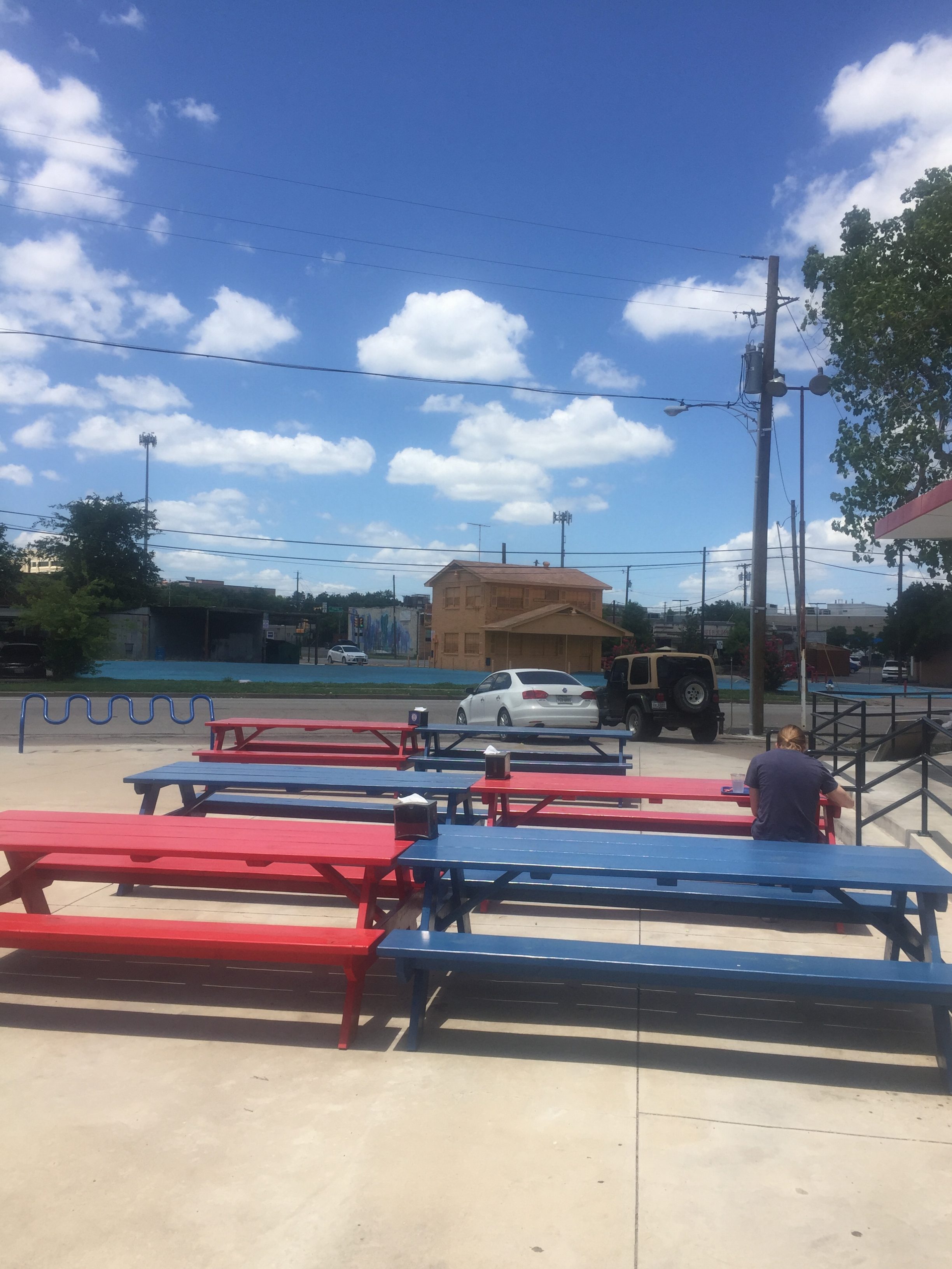Thickening
‘‘The House of Wallpaper and Carpet’ is probably best described as a private museum, though the eccentricities of its content and means of interaction stretch the criteria of any traditional enterprise. The outside of ‘The House’ displays the rictus idealism of mid-fifties suburban construction- a style that has been tired since the dawn of the new millennium but has determined to push through anyway (a style that has conceded so many carcinogenic organs that it is new in the fashion of Theseus but old in every other conceivable way).
Payment for entry is made off-site at the front door of a home that is considerably less tired. The woman who lives there vehemently denies ownership of ‘The House of Wallpaper and Carpet” but is set up to swipe credit cards and print receipts with a code that unlocks the front door. Entering ‘The House,’ one feels compelled to call into the darkness or risk being confused for a burglar. There is an implication of wrongdoing that deepens with every moment of the brief self-tour.
The impressive layering of carpet in the house (preserved in its original state, they say) has been cut through to the wooden floor in a path that takes one through each room and out into the backyard, though the pamphlet makes it clear that no area in particular is off-limits to the curious. The path also allows for an examination of ‘The House’s’ fabric strata in the style of an archeological core sample- a visual romp through the decades that codes itself by color and thickness (pay particular attention to the hedonism of the seventies, its outrageous shag sandwiched between the threads of more conservative eras, thin and pale with embarrassment).
Though the carpet is nearly three feet deep in places (scrunched together like great dunes), the thick walls are ultimately the cause of many tourists’ reported claustrophobia. Wallpaper hangs from them like a gaudy fungus, shifting with the whisper-rattle of dry skin. Lovers who write their names between the pages break out in a rash that persists for weeks (but learn nothing from their mistake).’
Alice guides me to ‘The House of Wallpaper and Carpet’ and I enter, positive that she’s leading me to the resting place of some other forgotten body now fossilized in its domestic folds. I take a few cautious sniffs and, sensing nothing more offensive than powdered carpet cleaner, let the door close behind me. The miniature labyrinth of the entryway bears no semblance to a human habitation. The leafy curls of torn wallpaper and plush carpets evoke the jungle in miniature and I am careful to keep my feet within the bounds of the path. It winds into the living room and through to the kitchen where I take a chance on several steps of layered linoleum, leaning in close to a spot where visitors have torn away hundreds of layers of wallpaper, finding no wall underneath. I sit in the rusted footprint of an old fridge (the linoleum there sagging and melted) and wonder what wisdom a place like this has to offer.
There, I notice a new curl forming in the center of the mess- the paper underneath a pure, matte black. I tear it away and find there is no paper, only the darkness of a forgotten room. Alice quakes in her vial, giddy with discovery.
-traveler
